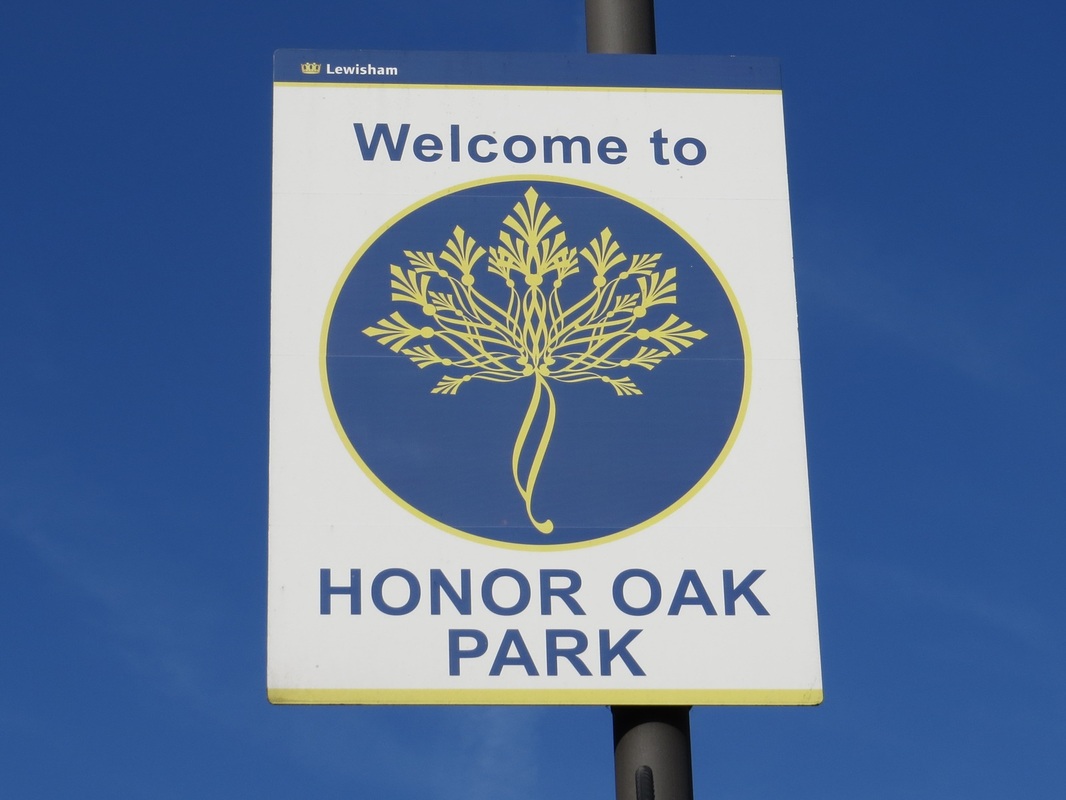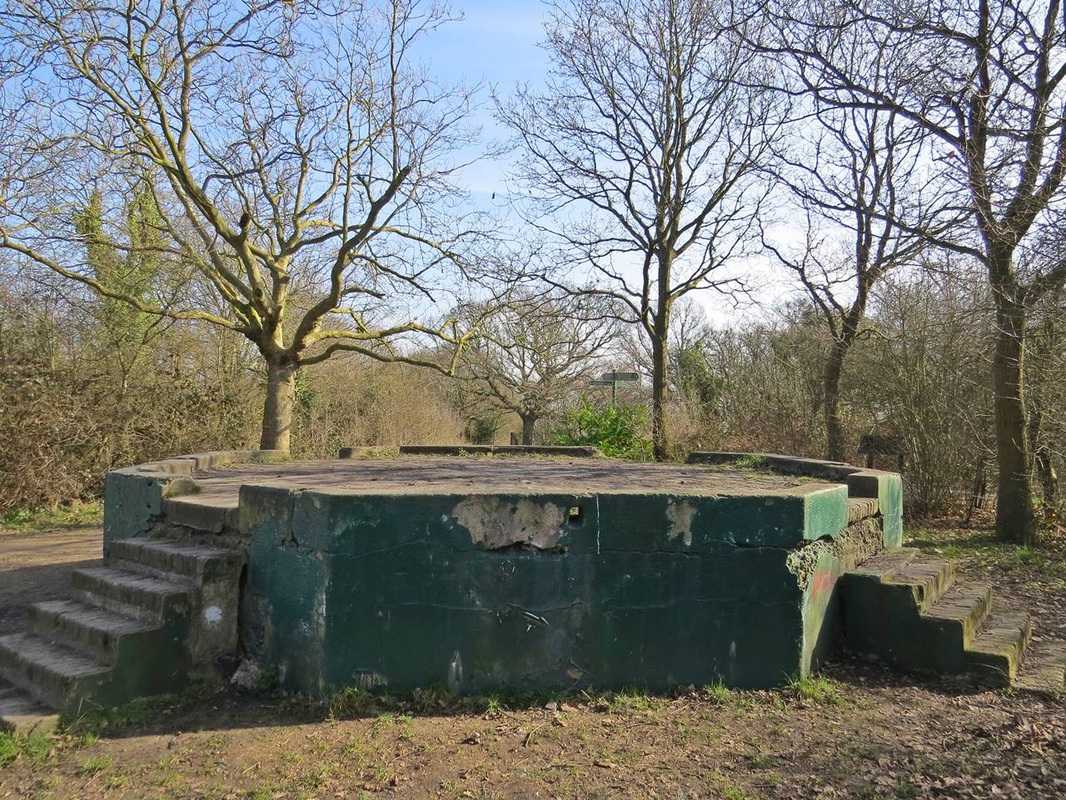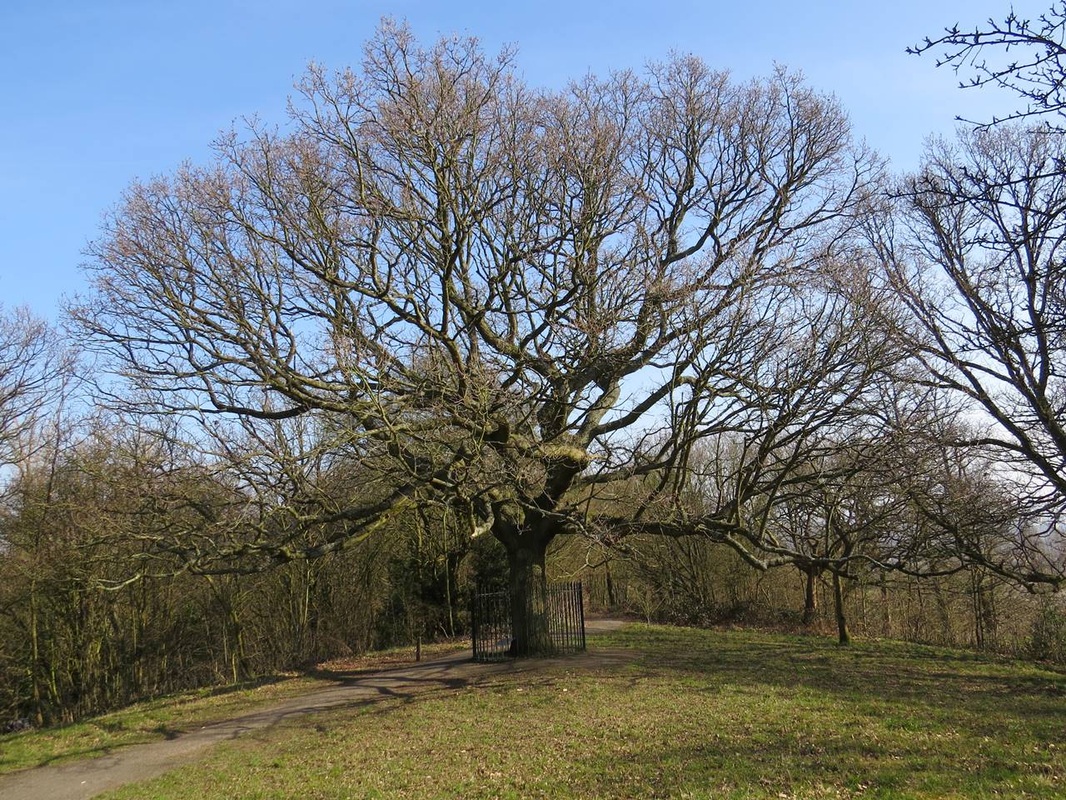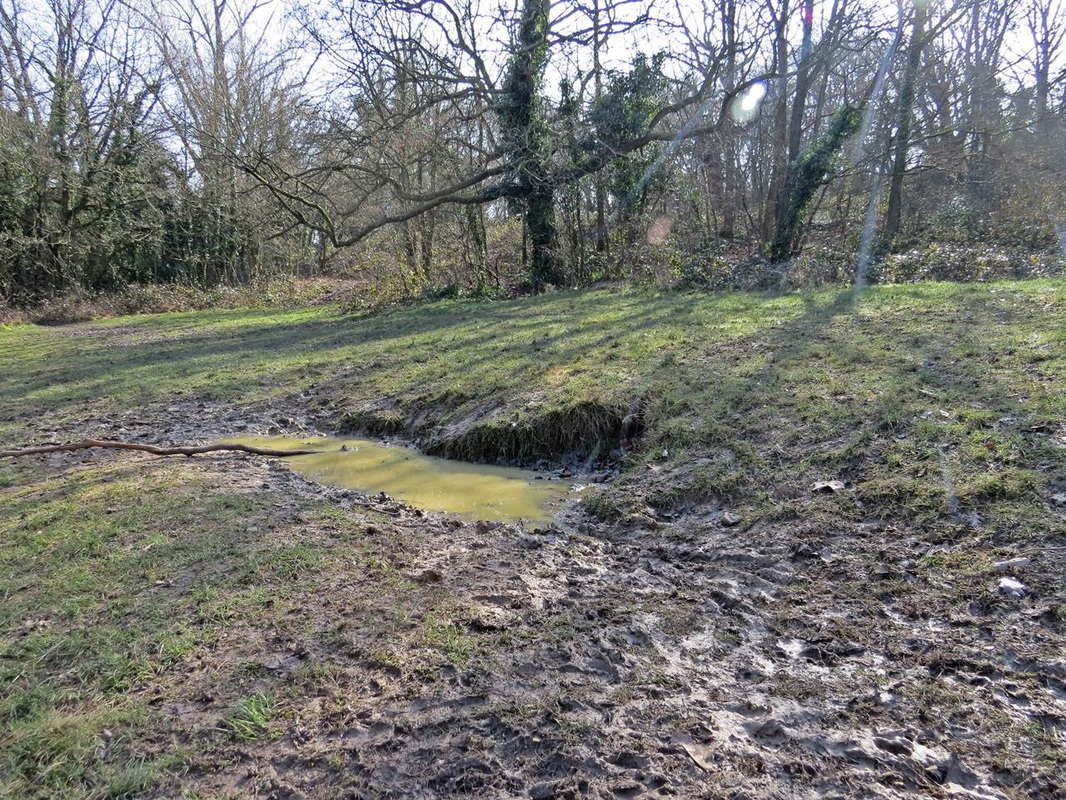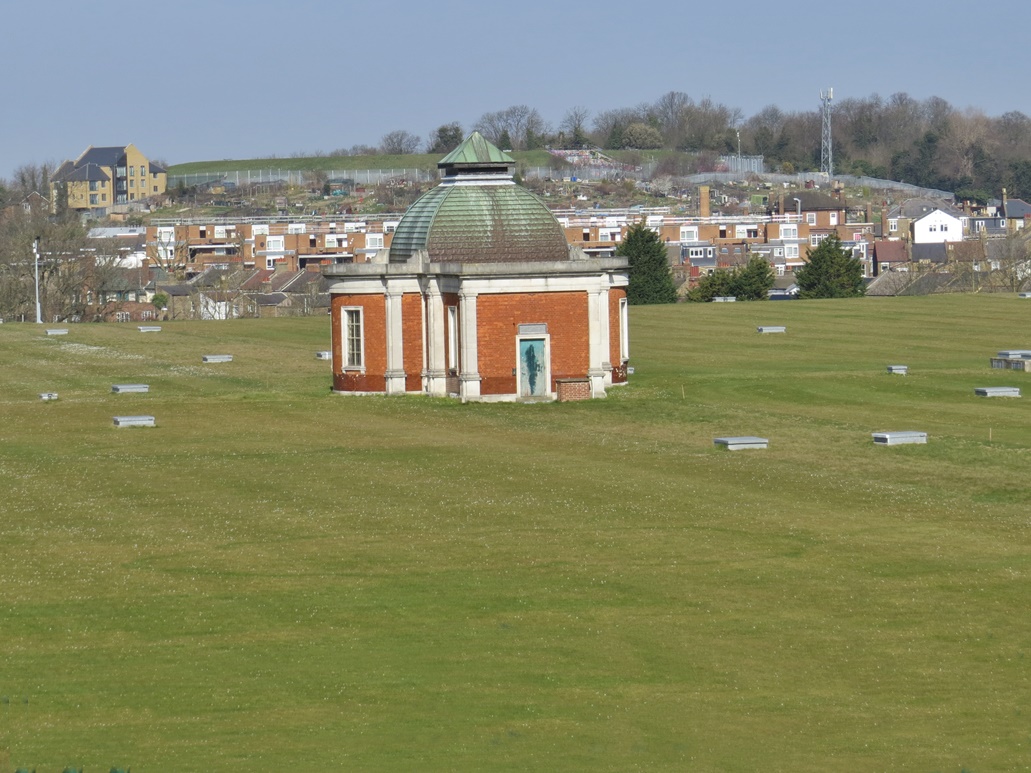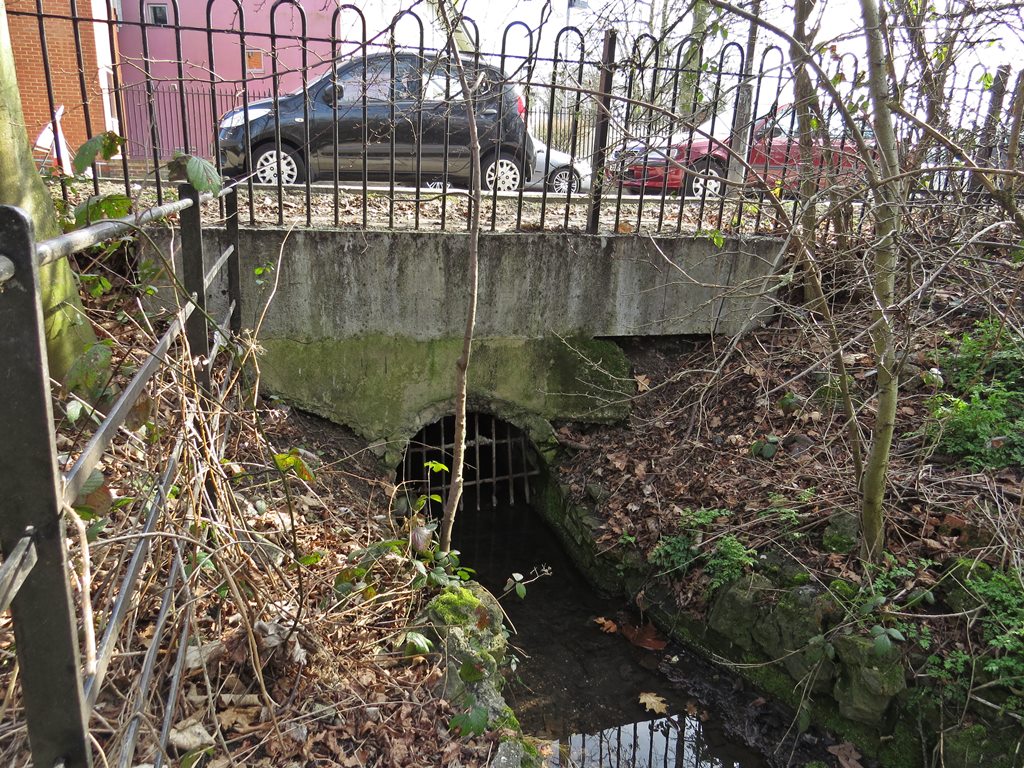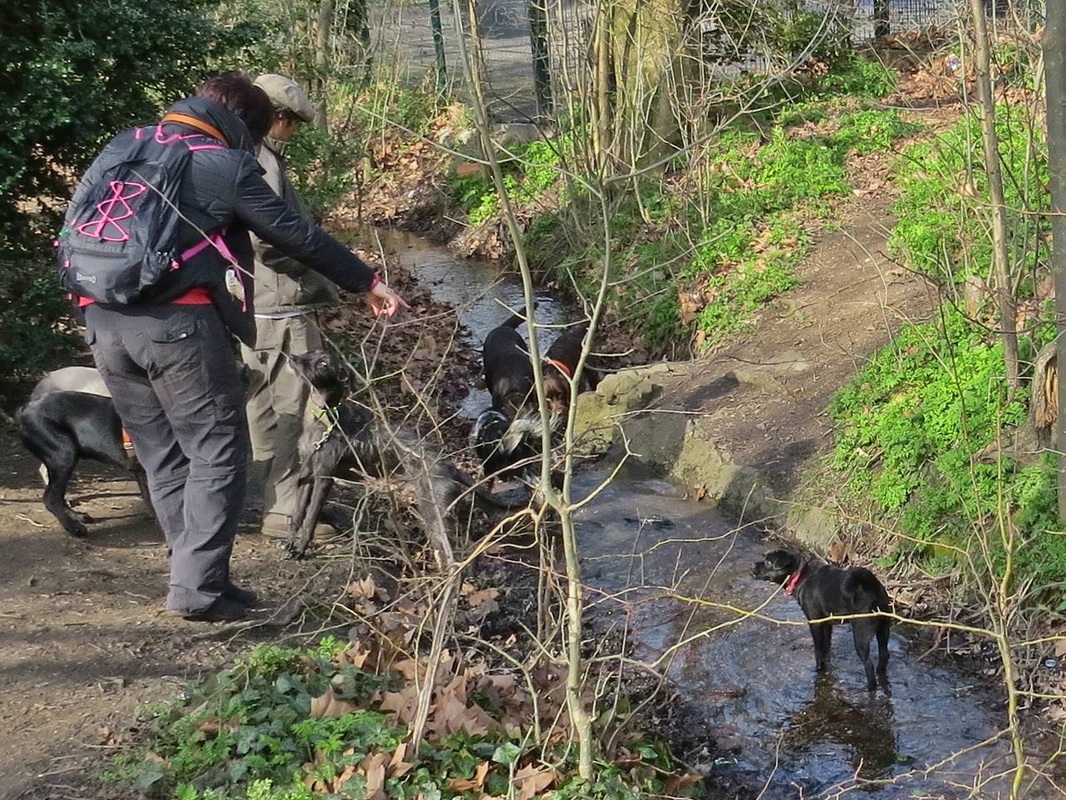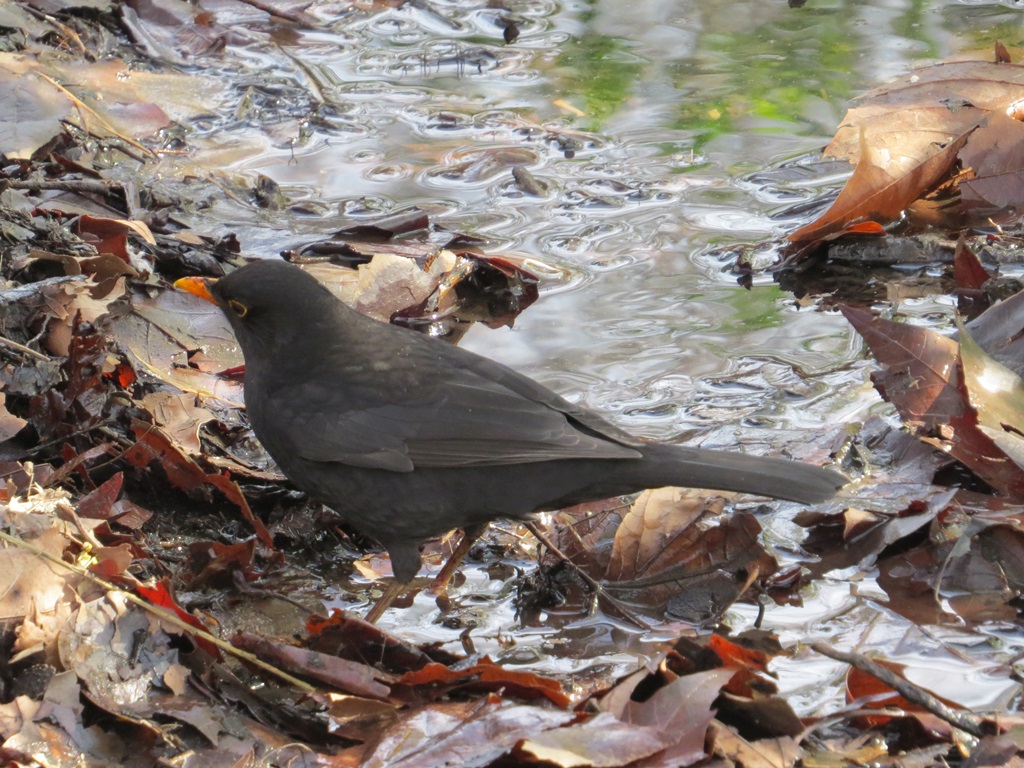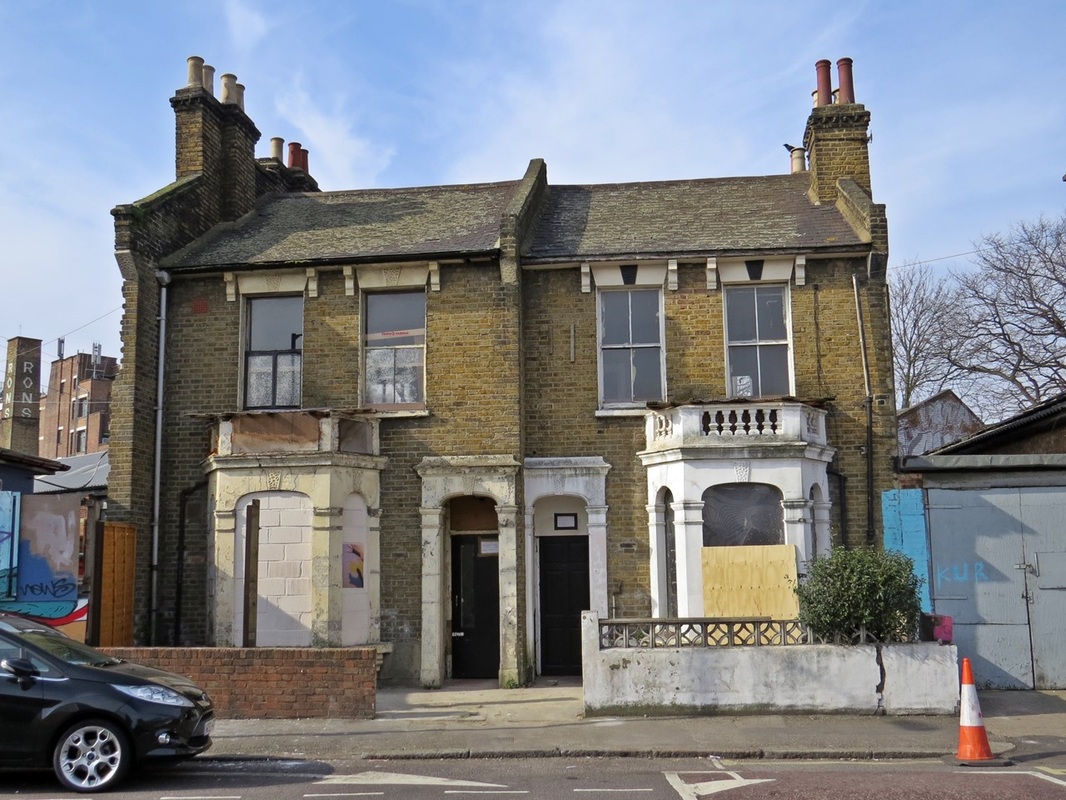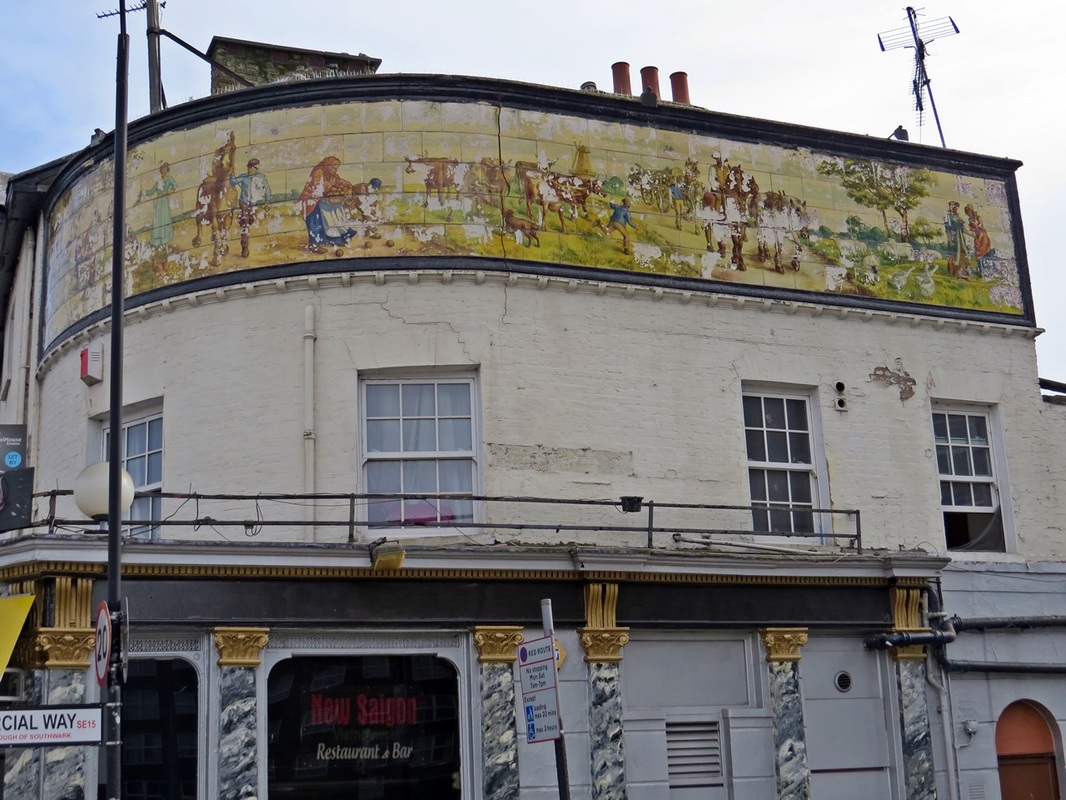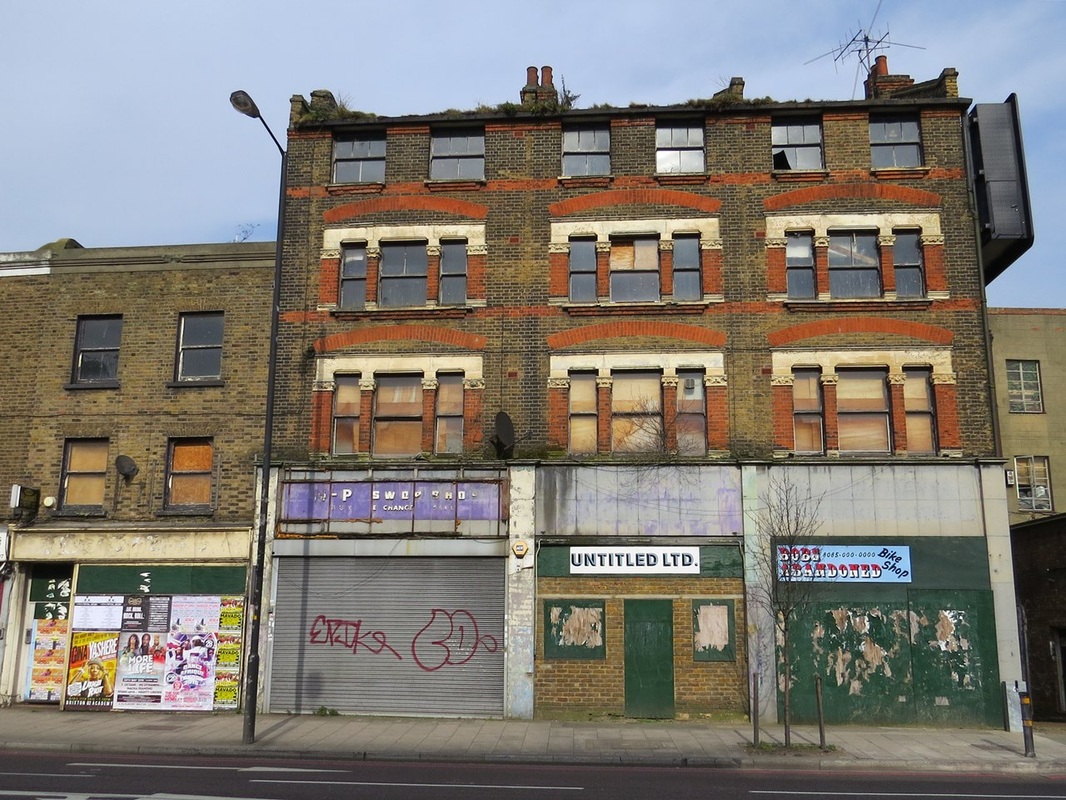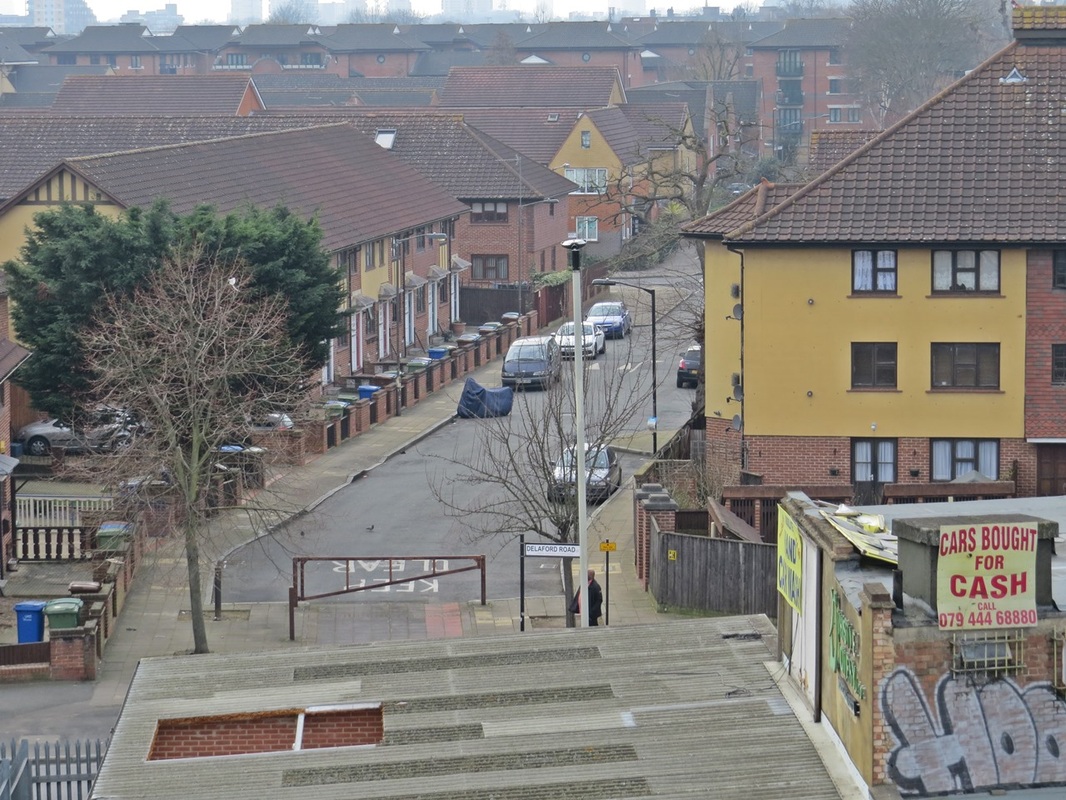River Peck/Earl's Sluice (Honor Oak to Surrey Quays) Guided Walking Tour with Paul Talling (author of London's Lost Rivers)
This is a long but leisurely walk from Honor Oak to the Surrey Docks in Rotherhithe via Peckham & South Bermondsey. Along the route of this lost river we pass many other interesting sites over vastly contrasting landscapes. We also pass the routes of two of South London's other lost waterways - the Grand Surrey Canal and the Croydon Canal. We stop off at a pub for drinks en route.
The Peck, a tributary of The Earl's Sluice, rose on One Tree Hill, Honor Oak and drained into the Sluice near South Bermondsey railway station. The Sluice then drained eastwards into the Thames on the Rotherhithe/Deptford border.
In May 1602, Elizabeth I picnicked by an oak tree at the summit of Honor Oak Hill. The tree came to be known as the Oak of Honor. The present tree surrounded by railings was planted in 1905 and a successor to the historic one. This tree is in the vicinity of the highest source of the Peck.
The name Peckham is of Saxon descent meaning 'the village of the River Peck', Peckham was the last stopping point for drovers from Kent taking their livestock to sell in London’s Smithfield Market.
The only remaining above-ground section of the River Peck (or at least tributary rivulets of the said river) is in Peckham Rye. It was here in 1767 that poet William Blake had his vision of “a tree filled with angels, bright angelic wings bespangling every bough like stars." During the Second World War, temporary huts were erected here to detain Italian prisoners of war.
The main part of The Peck was enclosed as the Earl Main Sewer in 1820-3, but the section nearest to the Old Kent Road remained open until the 1830s.
In May 1602, Elizabeth I picnicked by an oak tree at the summit of Honor Oak Hill. The tree came to be known as the Oak of Honor. The present tree surrounded by railings was planted in 1905 and a successor to the historic one. This tree is in the vicinity of the highest source of the Peck.
The name Peckham is of Saxon descent meaning 'the village of the River Peck', Peckham was the last stopping point for drovers from Kent taking their livestock to sell in London’s Smithfield Market.
The only remaining above-ground section of the River Peck (or at least tributary rivulets of the said river) is in Peckham Rye. It was here in 1767 that poet William Blake had his vision of “a tree filled with angels, bright angelic wings bespangling every bough like stars." During the Second World War, temporary huts were erected here to detain Italian prisoners of war.
The main part of The Peck was enclosed as the Earl Main Sewer in 1820-3, but the section nearest to the Old Kent Road remained open until the 1830s.
|
These guided walking tours with Paul Talling sell out of tickets several months ahead. Click the WeGotTickets logo for upcoming tour dates and availability.
Join the mailing list to be informed of future walks and ticket releases. |
